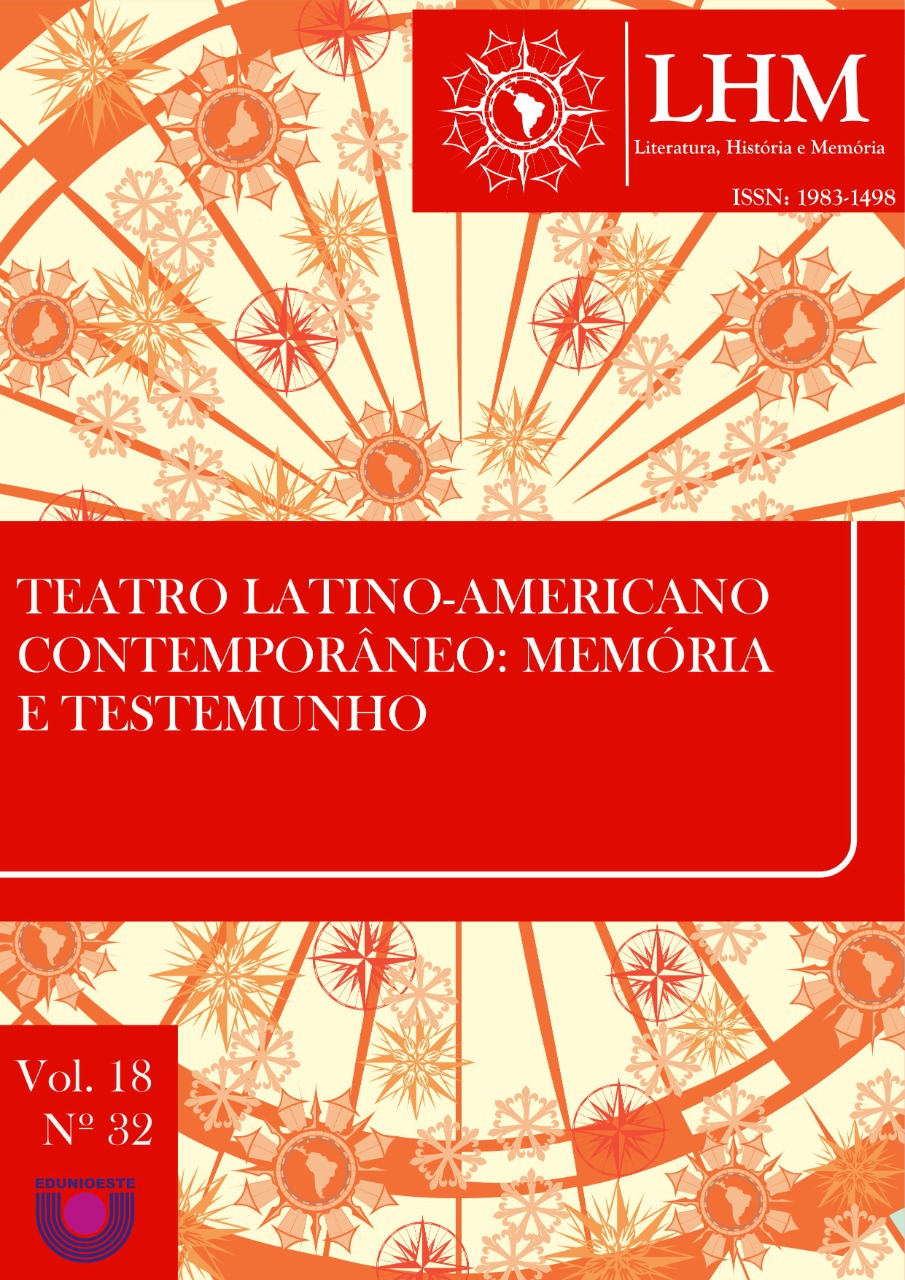“Porque existe o direito ao grito. Então eu grito”
o grito na obra de Marguerite Duras e Clarice Lispector
DOI:
https://doi.org/10.48075/rlhm.v18i32.28899Resumo
Este ensaio pretende pensar o corpo e o grito que dele emana na obra de Marguerite Duras e Clarice Lispector, mais detidamente no poema As mãos negativas (1997) e na narrativa Água viva (1973). Para tanto, apossa-se da distinção feita por Maurice Merleau-Ponty entre o grito e a poesia, uma vez que esta última “em lugar de dissipar-se no instante mesmo em que se exprime [como o grito], encontra no aparato poético o meio de eternizar-se” (1945[1999]). Do filósofo francês, o trabalho incorpora ainda a ideia de um corpo sensível, bem como toma reflexões de Roland Barthes para propor a leitura de um corpo poético. Em suma, busca tecer apontamentos sobre o grito como pré-linguagem, antes da primeira palavra e como pós-linguagem, quando não restam palavras. O grito como a continuação do corpo fora do corpo. Tenciona, por fim, apontar que espécie de grito perpassa a escritura das autoras.
Downloads
Publicado
Como Citar
Edição
Seção
Licença

Este trabalho está licenciado sob uma licença Creative Commons Attribution-NonCommercial-ShareAlike 4.0 International License.
Aviso de Direito Autoral Creative Commons
Política para Periódicos de Acesso Livre
Autores que publicam nesta revista concordam com os seguintes termos:
1. Autores mantém os direitos autorais e concedem à revista o direito de primeira publicação, com o trabalho simultaneamente licenciado sob a Licença Creative Commons Attribution que permite o compartilhamento do trabalho com reconhecimento da autoria e publicação inicial nesta revista.2. Autores têm autorização para assumir contratos adicionais separadamente, para distribuição não-exclusiva da versão do trabalho publicada nesta revista (ex.: publicar em repositório institucional ou como capítulo de livro), com reconhecimento de autoria e publicação inicial nesta revista.
3. Autores têm permissão e são estimulados a publicar e distribuir seu trabalho online (ex.: em repositórios institucionais ou na sua página pessoal) a qualquer ponto antes ou durante o processo editorial, já que isso pode gerar alterações produtivas, bem como aumentar o impacto e a citação do trabalho publicado (Veja O Efeito do Acesso Livre).
Licença Creative Commons
Esta obra está licenciada com uma Licença Creative Commons Atribuição-NãoComercial-CompartilhaIgual 4.0 Internacional, o que permite compartilhar, copiar, distribuir, exibir, reproduzir, a totalidade ou partes desde que não tenha objetivo comercial e sejam citados os autores e a fonte.


